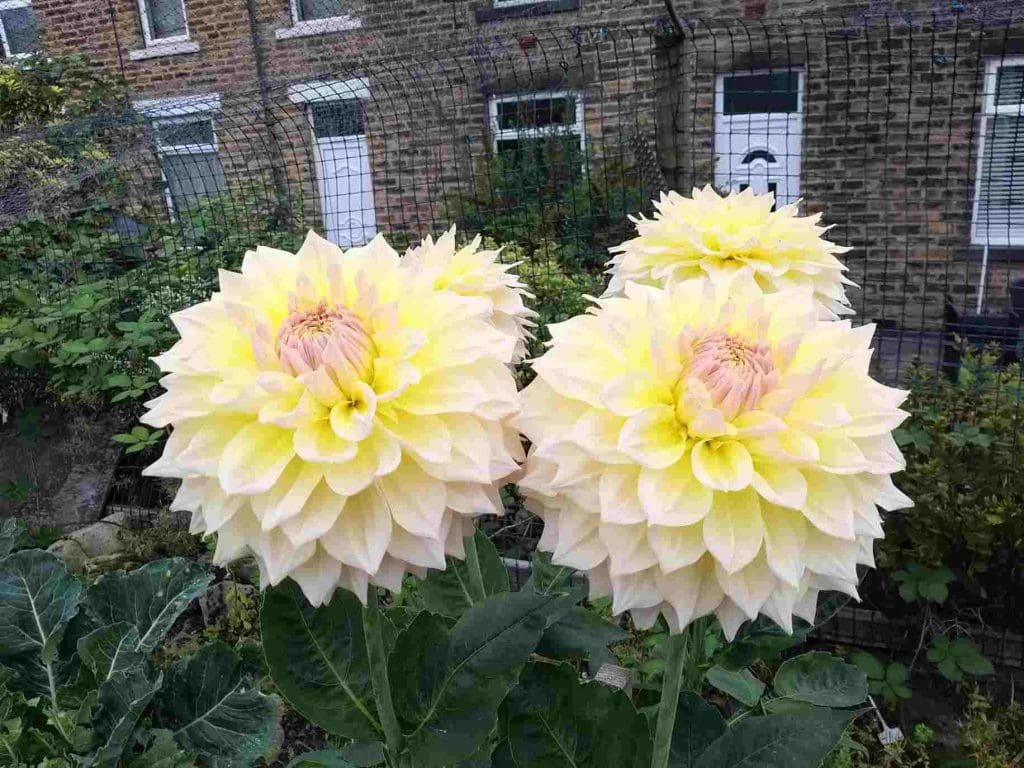Afterwards
When the Present has latched its postern behind my tremulous stay,
And the May month flaps its glad green leaves like wings,
Delicate-filmed as new-spun silk, will the neighbours say,
He was a man who used to notice such things?
If it be in the dusk when, like an eyelid’s soundless blink,
The dewfall-hawk comes crossing the shades to alight
Upon the wind-warped upland thorn, a gazer may think,
To him this must have been a familiar sight.
If I pass during some nocturnal blackness, mothy and warm,
When the hedgehog travels furtively over the lawn,
One may say, He strove that such innocent creatures should come to no harm.
Thomas Hardy, 1917.
By Gordon the Gardener
Friday was National Hedgehog Day and the hedgehog is the gardener’s friend. He gobbles up slugs and snails and keeps a low profile doing so. There is a hog in the allotments but it’s very rare we see him.
There are lots of ways to help hogs in their work keeping pests down.
For instance, I cut out a small hole low down from my allotment to the next to allow the hog to move around.
In gardens, hedgehogs thrive where there are thick shrub plantations, where they can move from one plantation to the other. So, if you can, plant bushy shrubs such as Weigela, Potentilla, Pyracantha and Berberis, any shrubs which will create hiding and, more essentially, nesting and hibernating places.
Hedgehogs also need nesting materials. Leaf litter should be raked up around the shrubs, this will prevent weed growth. The leaves will also add fertility to the soil. This is much better than the modern trend of putting bark or wood chips on.
Safety is important too. If using slug pellets do not spread them around like confetti at a wedding.
Place pellets, just four or five is sufficient, under an upturned clay pot where the slugs will find them but safely away from the hedgehogs and birds.
The Ancient Romans relied on hedgehogs to determine if spring was coming soon, and it is surprising how quickly we will move into spring.
I always look to when the birds begin to sing their love songs. The blackbird and the wren are some of the first to start singing.

Jobs to do in February. Potatoes can be bought now and placed upright in egg boxes, in a frost free place, rose end up where the shoots are.
Dahlia tubers should be taken from their winter quarters at the end of the month. Place the tubers in boxes of potting compost.
The top of the tubers should be just above the top of the compost and watered in. A little heat from below and they will produce shoots for cuttings.
The tubers could be planted out in the garden in late May, which produces early blooms, but better results are gained from taking cuttings I find.
Remember to order plugs in good time, as many types sell out. Leeks and onions can be sown.
READ MORE: Catch up on Gordon’s monthly gardening blogs HERE
Winter flowering shrubs can be pruned when flowering has ended. Cut out any dead and diseased wood. Prune to shape, cutting out crossed branches.
Hardwood cuttings can still be taken of shrubs. Choose stems pencil thick and cut stems around 10 inches (25cm) in length above and below leaf joints, then make a cut in the land with a spade inserting the cutting to one third its depth, firming well using your foot.
Sweet peas can be sown in a frost-free greenhouse to get a good crop.
Finally check your tools are sound and your garden machinery is working. Give your tools and equipment the once over and apply a little TLC to anything that needs it.
While you’re at it, tidy your shed ahead of the imminent planting and sowing season – you’ll thank yourself for a clean and tidy space later.
















